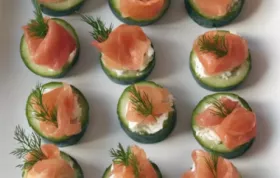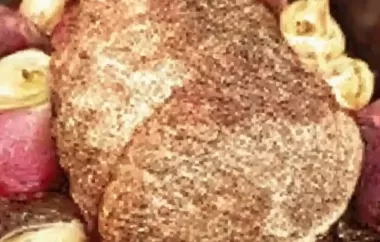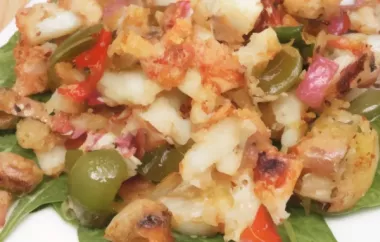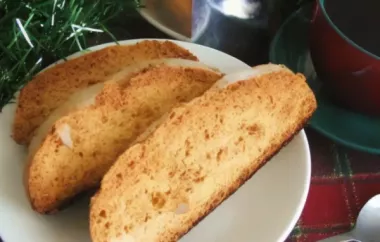Delicious and Refreshing Cranberry Gelatin Salad

Published on October 11, 2023
This cranberry gelatin salad is a delightful combination of tart cranberries, sweet pineapple, and crunchy walnuts, all enveloped in a refreshing gelatin base. It's the perfect accompaniment to any holiday or special occasion meal. The vibrant red color and burst of flavors make it a crowd-pleasing dish that will become a favorite at your gatherings. With just a few simple steps, you can whip up this delicious salad in no time!
Ingredients
- 1 (6-ounce) package of cranberry-flavored gelatin
- 1 cup boiling water
- 1 (20-ounce) can crushed pineapple, drained
- 1 cup whole cranberry sauce
- 1/2 cup chopped walnuts
- 1/2 cup sliced celery
- 1/2 cup diced green apple
- 1/4 cup granulated sugar
- 1/4 teaspoon salt
- 1/2 cup sour cream
Directions
- In a large mixing bowl, combine the cranberry-flavored gelatin, boiling water, granulated sugar, and salt. Stir until the gelatin and sugar are completely dissolved.
- Allow the mixture to cool for about 15 minutes.
- Add the crushed pineapple, cranberry sauce, walnuts, celery, and green apple to the gelatin mixture. Stir well to combine.
- Pour the mixture into a 9x9-inch dish or individual molds, if desired.
- Cover the dish or molds with plastic wrap and refrigerate for at least 4 hours or until set.
- Just before serving, spread the sour cream evenly over the top of the set gelatin salad.
- Cut into squares or unmold the individual servings and serve chilled.
Interesting Facts
You’ll Also Love












